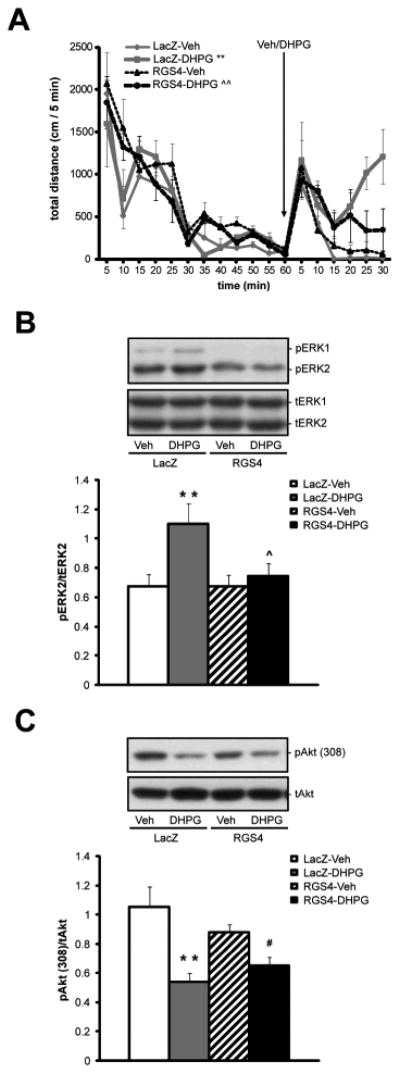Fig. 3. Over-expression of RGS4 in the dSTR attenuates DHPG-induced behavior and ERK phosphorylation.

Animals received bilateral infusion of HSV-RGS4-FLAG or a control vector HSV-LacZ (2μl/side) followed by the bilateral infusion of either DHPG (250 nmol) or vehicle into dorsolateral STR 3 days later. A, Locomotor activity (total distance traveled) as recorded for 60 min pre- and 30 min post-infusion of DHPG. Mean total distance traveled (per 5 mins) ± S.E.M. plotted over time and analyzed as area under the curve (AUC). *p<0.05 vs. LacZ-Vehicle, ˆp<0.05 RGS4-DHPG vs. LacZ-DHPG. B and C, Immunoblotting analysis of phospho-ERK (B) and phospho-Akt-Thr308 (C) levels in the dSTR 30 min after the infusion of DHPG or Veh. Mean integrated density ratio ± S.E.M. of phospho-ERK2/tERK2 and phospho-Akt-Thr308/tAkt (n=4-5 samples/group). *p<0.05 vs. LacZ-Vehicle, **p<0.01 vs. LacZ-Vehicle, ˆp<0.05 vs. LacZ-DHPG, #p<0.05 vs. RGS4-Vehicle.
